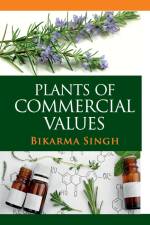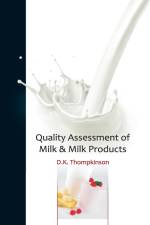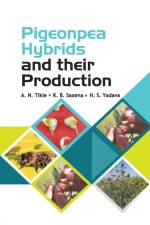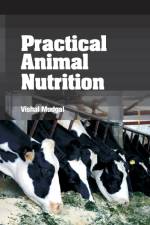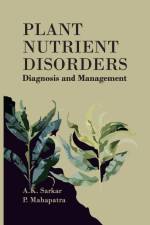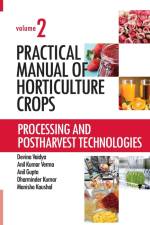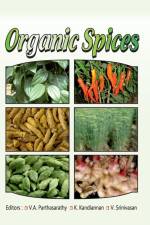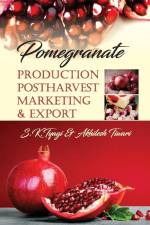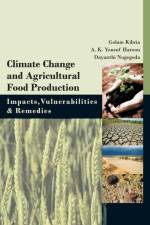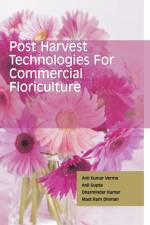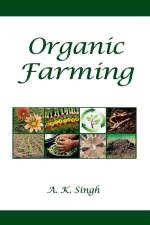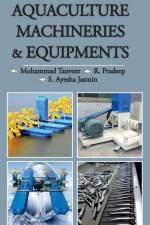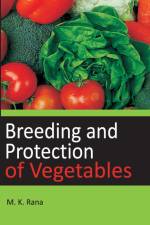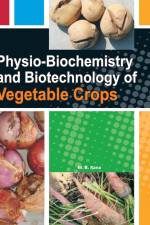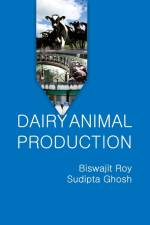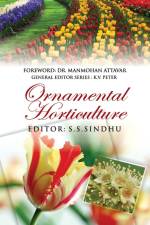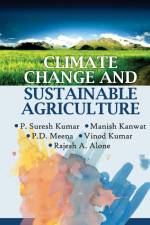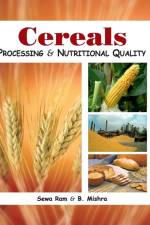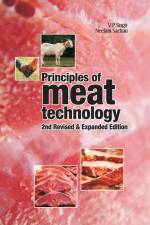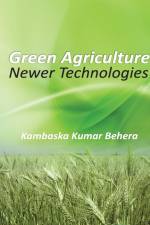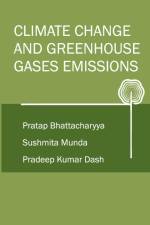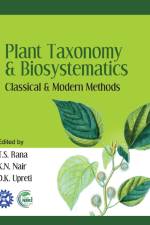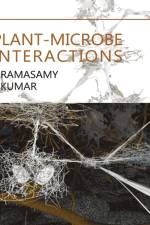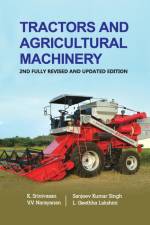av G. Dar Hassan
871
The book soil microbiology and biochemistry written in a comprehensive lucid manner, deals the issues concerned to the soil fertility, soil health, plant growth and soil biotechnology in relation to microbial activities. Special attention has been paid to the ecology, biochemistry and functioning of soil micro-organisms and their interactions. Thus, in a broad sense, the book shall prove useful tool to the students and teachers of microbiology and may also serve as an invaluable resource for students and teachers in soil science, soil ecology, biogeochemistry, environmental sciences, botany biochemistry, sustainable agriculture and resource management, both at under graduate and post graduate levels. This book has sixteen s with glossary of the terms often used in soil microbiology. The comprehensive introduction to soil microbiology and the rapid advances made in both fundamental knowledge and potential applications of soil microbiology e.g. history, ecology, habitats, diversification and functions of soil organisms, soil health and applied environmental topics is given in 1 to 3. The overview of the methods employed to study soil micro organisms is presented in 4. Microbial-mediated transformations of major nutrients (N, P, Fe, S, K, etc.) and other metals in soil are lucidly described in 5 to 9. The plant microbe interactions in soil, rhizosphere and phyllosphere is covered in 10 to 12 and these s provide comprehensive knowledge about mycorrhiza, plant growth promoting rhizosphere microorganisms, deleterious rhizosphere microorganisms, root pathogens besides enlightening the various types of soil microbial products of plant and Pesticide-microbe interactions also covers the effect on non-target microorganisms, pesticide persistence, accumulation and bio-magnification, co-metabolism, bioremediation, etc. A separate is devoted to the production and applications of biofertilizers and biopesticides. Organic waste recycling covers composting, vermin-compost, aquacultural reuse, land application, mushrooms and bio-energy production. The book keeps the learners abreast with the current trends and concepts in soil microbiology for easy comprehension. It also gives balanced coverage of fundamental and applied topics. Moreover, it introduces students to newly emerging field of soil biotechnology. The extensive glossary and index has been given at the end for easy study reference in understanding.

